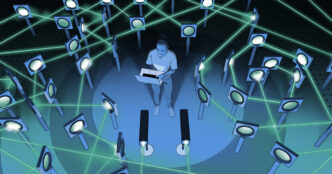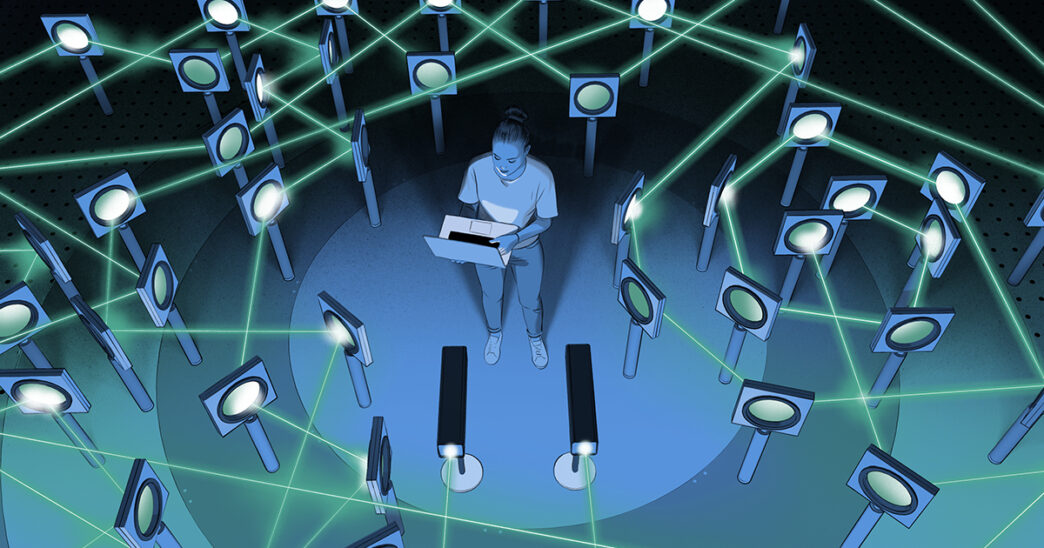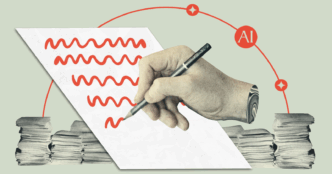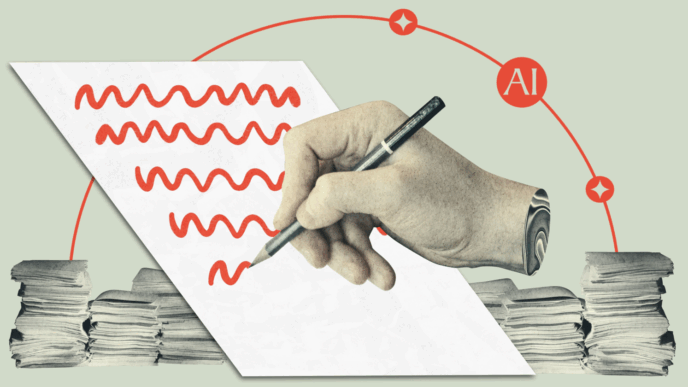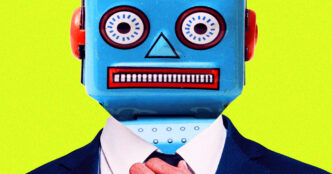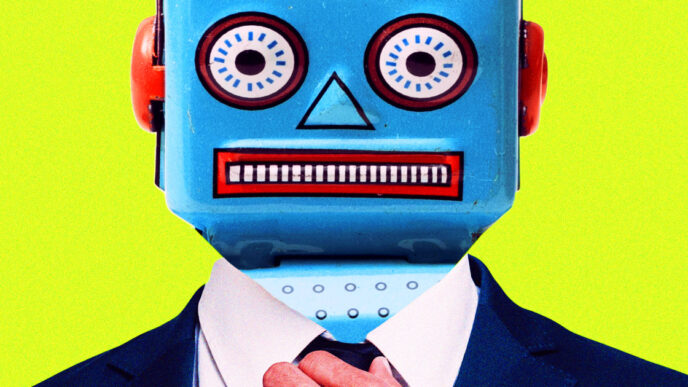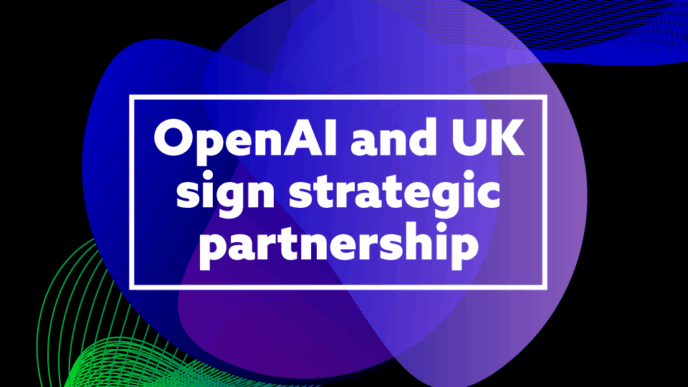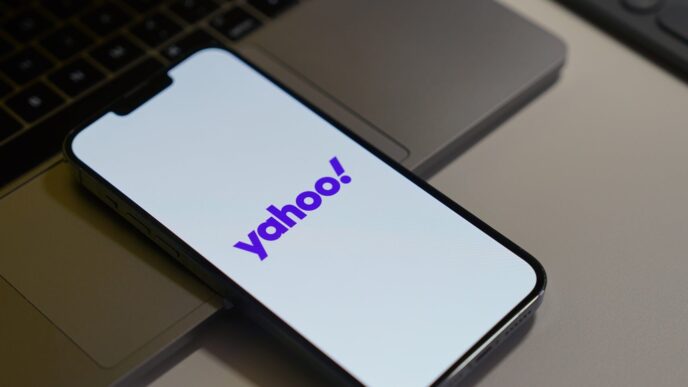Mario Krenn’s AI-designed quantum experiments break new ground
Mario Krenn’s team at the University of Tübingen used their AI software PyTheus to reinvent a foundational quantum experiment. The system found a simpler way to achieve entanglement swapping—linking particles with no shared past—upending a classic 1993 design by Nobel laureate Anton Zeilinger.
AI modeled experimental setups as mathematical graphs, then optimized these to produce a target quantum state. The team was shocked by the unrecognizable, but mathematically valid, novel design the AI produced.
In December 2024, researchers in China led by Xiao-Song Ma confirmed the AI’s setup in the lab. The experiment worked as intended, proving AI can now guide quantum experiment creation better than decades of human effort.
University of Toronto quantum optics expert Aephraim Steinberg called it proof that AI can uncover insights thousands of experts missed:
“LIGO is this huge thing that thousands of people have been thinking about deeply for 40 years,” said Aephraim Steinberg, an expert on quantum optics at the University of Toronto. “They’ve thought of everything they could have, and anything new [the AI] comes up with is a demonstration that it’s something thousands of people failed to do.”
Beyond design, physicists are using AI to parse experimental data and generate new physics formulas. University of Wisconsin physicist Kyle Cranmer showed AI discovering a better equation for dark matter clumping than existing human-made models, though the AI’s “story” behind it is still missing.
“Right now, I’d say it’s like teaching a child how to speak,” said Kyle Cranmer. “We’re doing a lot of baby-sitting.”
“The system arrived at a formula to describe the density of dark matter clumps that better fit the data than a human-made one. The AI’s equation ‘describes the data very well,’ Cranmer said. ‘But it’s lacking the story about how you get there.’”
If this kind of AI had existed at LIGO’s construction, sensitivity might have been 10-15% better from the start—a huge leap in precision.
AI is no longer just a tool for physics data crunching. It’s moving into experiment design and unlocking quantum secrets long beyond human reach. The physics community is watching closely.
